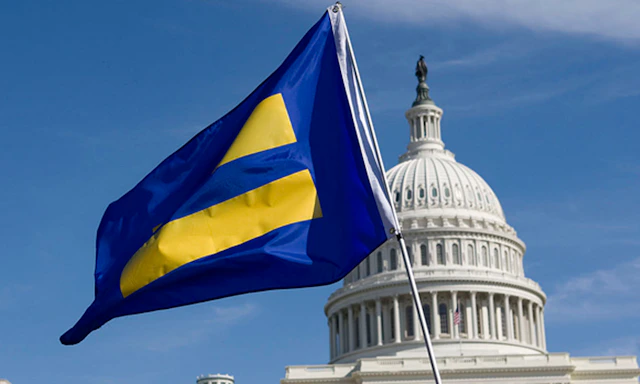
Cookies in use
Map: Attacks on Gender Affirming Care by State

In a coordinated push led by national anti-LGBTQ+ hate groups, legislators across the country have overridden the recommendations of the American medical establishment and introduced hundreds of bills that target transgender, non-binary and gender-expansive youth’s access to age-appropriate, medically necessary care.
This attack on healthcare care is relentless and constantly shifting. We’ve provided a snapshot of the assault against access to age-appropriate and medically necessary gender-affirming care in the United States.
As reported by The Williams Institute, there are more than 300,000 high school-aged (ages 13-17) transgender youth in the United States today, many of whom need gender-affirming care.
As of July 2025, 40.1% or 120,400 trans youth aged 13-17 are living in the 27 states that have passed bans on gender-affirming care. This includes 2,300 youth living in the two states–Arkansas and Montana–where bans are currently on hold or blocked from enforcement through court orders.
While our map focuses solely on high school-aged youth (age 13-17), some states, such as Oklahoma, Texas, and South Carolina, have considered banning care for transgender people up to 26 years of age. Additionally, several states prohibit public funds from being used to provide transgender health care for anyone, so adults are also unable to access critical health services if they receive their healthcare through Medicaid, if they work in the public sector, or are incarcerated.
Gender-affirming care is age-appropriate care that is medically necessary for the well-being of many transgender, non-binary, and gender-expansive people who experience symptoms of gender dysphoria or distress that result from having one’s gender identity not match their sex assigned at birth.
By preventing doctors from providing this care or threatening to take children away from parents who support their child in their transition, these bills prevent transgender, non-binary, and gender-expansive youth from accessing medically necessary, safe health care backed by decades of research and supported by every major medical association representing over 1.3 million US doctors.
This figure adapts a methodology employed by The Williams Institute in their April 2024 report, “The Impact of 2024 Anti-Transgender Legislation on Youth.”
The number of trans youth in each state, as well as the total number of transgender youth nationwide (n=300,100), come from The Williams Institute's June 2022 report, “How Many Adults and Youth Identify as Transgender in the United States?” Williams Institute estimates were derived from the 2017 and 2019 Youth Risk Behavior Surveillance Survey, as described further in the linked report.
The status of law/policy in each state is based on the HRC Foundation’s own internal tracking of bills, laws and policies. States were categorized as either having no legislation or having passed/enacted legislation (bans signed into law or implemented via administrative actions). States where court injunctions are currently halting implementation of an existing ban, as well as states where bills have passed but have not yet gone into effect are included in the total of youth living in states where GAC bans are enacted. The status of state legislation and litigation is current as of the date listed under the map.
The number and percentage of transgender youth impacted by GAC bans are computed by summing the estimated number of high school-aged transgender youth (age 13-17) living in each state with an enacted GAC ban (including those where the ban is currently enjoined or on hold), and then dividing this sum by the total estimated number of transgender youth nationwide (300,100). Estimates reflect the total number of transgender youth living in each state (all of whom are assumed to be at risk of losing care), rather than the number of youth receiving gender-affirming care in each state (and thus may /have lost access), as the latter numbers are unavailable.
These bills have real world impact.
These bills are not based on medical fact and have real world consequences for transgender youth and adults.
Transgender medical care for youth is supported by every major medical association in the country and has multiple positive benefits for transgender youth and adults.
As attacks on the LGBTQ+ community continue, it is important to get the facts about this critically important care.
Visit HRC’s resource, Get the Facts on Gender Affirming Care, to learn more about Gender Affirming Care, its benefits for transgender youth and adults, and get critical information to combat misinformation about transgender health care.
Stories and Facts on Gender Affirming Care

Trans Kids are Just Kids
"You shouldn't be telling kids like me that they shouldn't live their life as their authentic self." Every kid deserves to be the person they were always meant to be.
Watch Video
Get the Facts on Gender Affirming Care
What is gender-affirming care? Our resource page breaks down what it is, what it’s not and why it saves lives.
Read More
Resources for Caregivers of Trans and Non-Binary Youth
Check out our resources for parents, family members and caregivers of transgender, non-binary and gender-expansive youth!
Explore ResourcesLast Updated: 12/4/2024
Love conquers hate.





